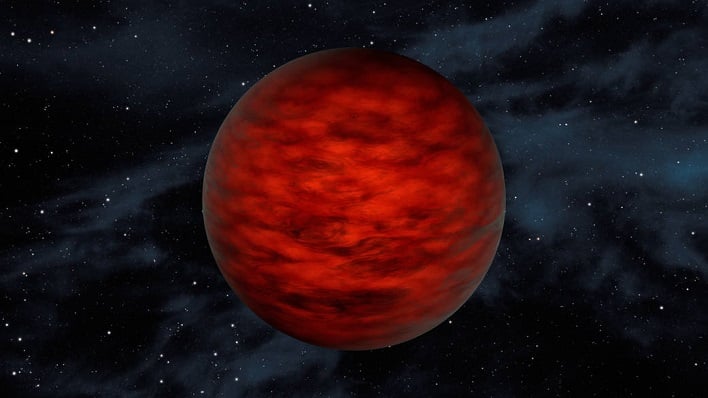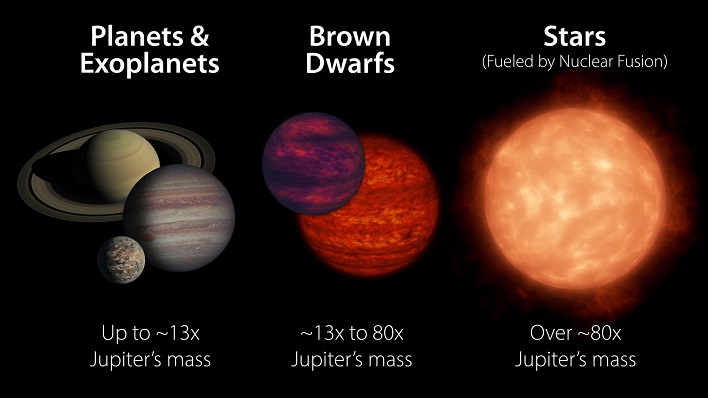It's Not A Planet Or A Star But This Curious Space Object Is Hotter Than The Sun

Object WD0032-317B was found orbiting around a white dwarf star, known as WD0032-317. The blazing heat of the brown dwarf makes it the hottest of its class ever observed. It is also a very large object, coming in at a mass of around 80 Jupiters. The discovery was made by a team of astronomers led by Na'ama Hallakoun from the Institute of Science in Israel. Details of the discovery were recently submitted in a research paper accepted into Nature Astronomy.
A brown dwarf is an odd-ball category of objects that do not necessarily fit the bill for either a planet or a star. While brown dwarfs are often hotter than planets, they tend to be cooler than the closest red dwarf stars and are unable to sustain nuclear fusion. The team says the discovery of WD0032-317b can help astronomers understand what happens to Jupiter-like planets that orbit very hot stars.

The brown dwarf and its star are in such close proximity to one another that the brown dwarf is tidally locked. This means that one side, the day side, is always facing toward the star, while the other side is in perpetual darkness.
The authors state in the paper, "The night-side temperature range covers T through M dwarfs. The 'equilibrium' black-body temperature of the irradiated companion (neglecting its intrinsic luminosity and albedo, and assuming it is in thermal equilibrium with the external irradiation) is about 5,100 Kelvin, hotter than any known giant planet, and 1,000 Kelvin hotter than KELT-9b, resulting in 5,600 times higher extreme-ultraviolet flux."
While being able to detect and study a planet like KELT-9b is very difficult due to its proximity to its white dwarf star, the team says being able to study a brown dwarf in a binary system, such as WD0032-317b, could give them greater insight into how extremely hot stars influence their orbiting companions.

